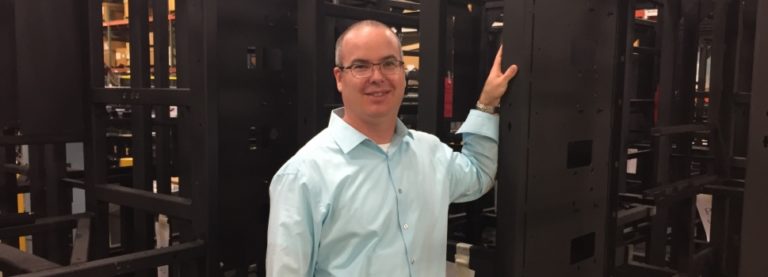— Patricia Calkins, vice president, Environment Health and Safety
Earlier this week, myself and a group manufacturing companies were in DC working hard with the government on environmental progress. The Wall Street Journal wrote a story, From Trash Heap to the Store Shelf, about our assembled group; there to engage in a strategic dialogue on remanufacturing policy. To me, it was an intense two days. Over 50 attendees representing a cross-section of manufacturers and remanufacturers, along with reps from the government, the Council on Competitiveness, and the National Institute of Standards and Technology. 
We rolled up our sleeves and began real work on how American companies can address impediments to remanufacturing. Here are a few of the “hot” areas discussed in the “Trade and Federal Policy” breakout session, which I attended:
- To inform policy makers about the triple benefits of remanufacturing, 1) Creating “Green jobs” that stimulate the US Economy; 2) Providing lower cost products that can help reduce government spending and, 3) reducing the environmental footprint of products.
- To change the perception that remanufactured products are no different in quality & performance than their “new” counterparts. Here’s an interesting fact, many remanufactured products are more reliable than their new counterparts. Actually, Xerox realized this perception concern amongst our customers. We led an effort in the imaging products industry that resulted in an internationally-recognized standard that focuses on remanufactured products meeting the same “as new” specifications and standards as it did when it was new.
- To address policies and standards that discourage remanufacturing. Some environmental policies and standards designed to reduce environmental impact in one area can actually increase environmental impact in others. For example, Energy Star is a very effective program in reducing energy consumption in imaging products. However, several years ago the USEPA removed the “grandfathering” clause creating an impediment to remanufacturing. It used to be that a new product simply needed to meet the Energy Star specification during its launch. With the elimination of “grandfathering”, all products must meet the new specification, even those introduced under previous specifications. Effectively this has eliminated remanufactured products from the Energy Star program.

- Consensus on definitions – each industry works individually with government to address obstacles to remanufacturing. This has resulted in industry specific definitions for refurbish, remanufacture, etc. Work across industry sectors needs to happen to converge on common definitions.
It was an exhilarating few days, and there’s one thing I know for sure, Xerox will continue to work tirelessly towards remanufacturing as a critical enable for achieving “cradle to cradle” closed loop systems and as a cornerstone of our environmental objectives.
Editor’s Note:
Patty had a long conversation with GreenMonk blogger Tom Raftery on Xerox’s commitment to sustainability. He summarizes the goals and activities of the company in his post titled, The Kind of Commitment to Sustainability which Xerox Demonstrates is Very Rare, it Should be the Norm. Thanks Tom!



No problem, thank you!